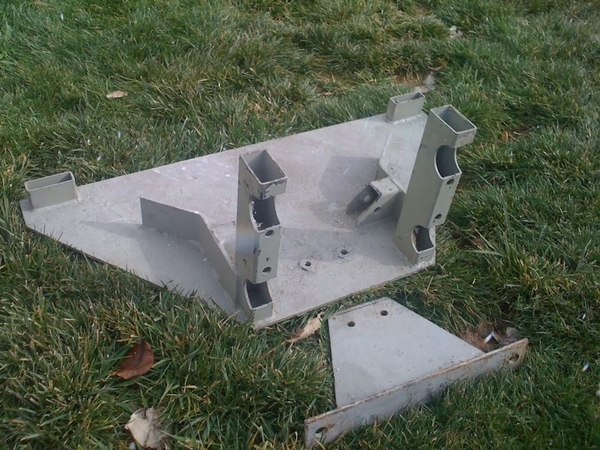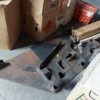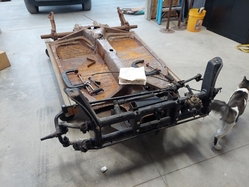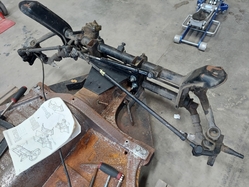After years of 356 dreaming, I'm the proud new owner of a virtually untouched CMC speedster project. Other than the two bolts holding it to the dolley, there haven't been any holes drilled or routed. The seller purchased the kit from CMC in the late 80's and has been accumulating parts ever since. It sits on an already shortened Super Beetle chassis and has the conversion kit to attach the standard front end. It also came with a standard Beetle chassis with rotted floors and a set of new floor pans, should I choose to go that route. Also included is a 0-mile 1776cc motor built by Wagenschmitt in Seattle as well as nearly every other part needed to build it. I'm sure there will be a few bits here and there that are missing but it's surprisingly complete. He had CMC sew him custom upholstery made from genuine leather.
I'm really looking forward to the build and being a part of this community. My plan for the car is a mild outlaw look with pod mirrors, fog lights, and hub cap delete. I'd really like to find or make a tonneau cover with fairing like the one used on the Emory speedster. For the color, I'm leaning towards Aquamarine Blue or Auratium Green.
My first questions for the group is if there are any cons to the super beetle based speedster. It seems like it might be a little heavier than the standard beetle once you factor in the conversion bracket up front, but I don't really know.
It came with a transmission core. What I'd like to do is buy a rebuilt transmission and trade in the core. I owned an MGB for a few years that had a 4 speed with electronic OD. I loved that setup, made for comfortable freeway cruising. I would like to either do a 4 speed with OD or a 5 speed. What are folks running?














